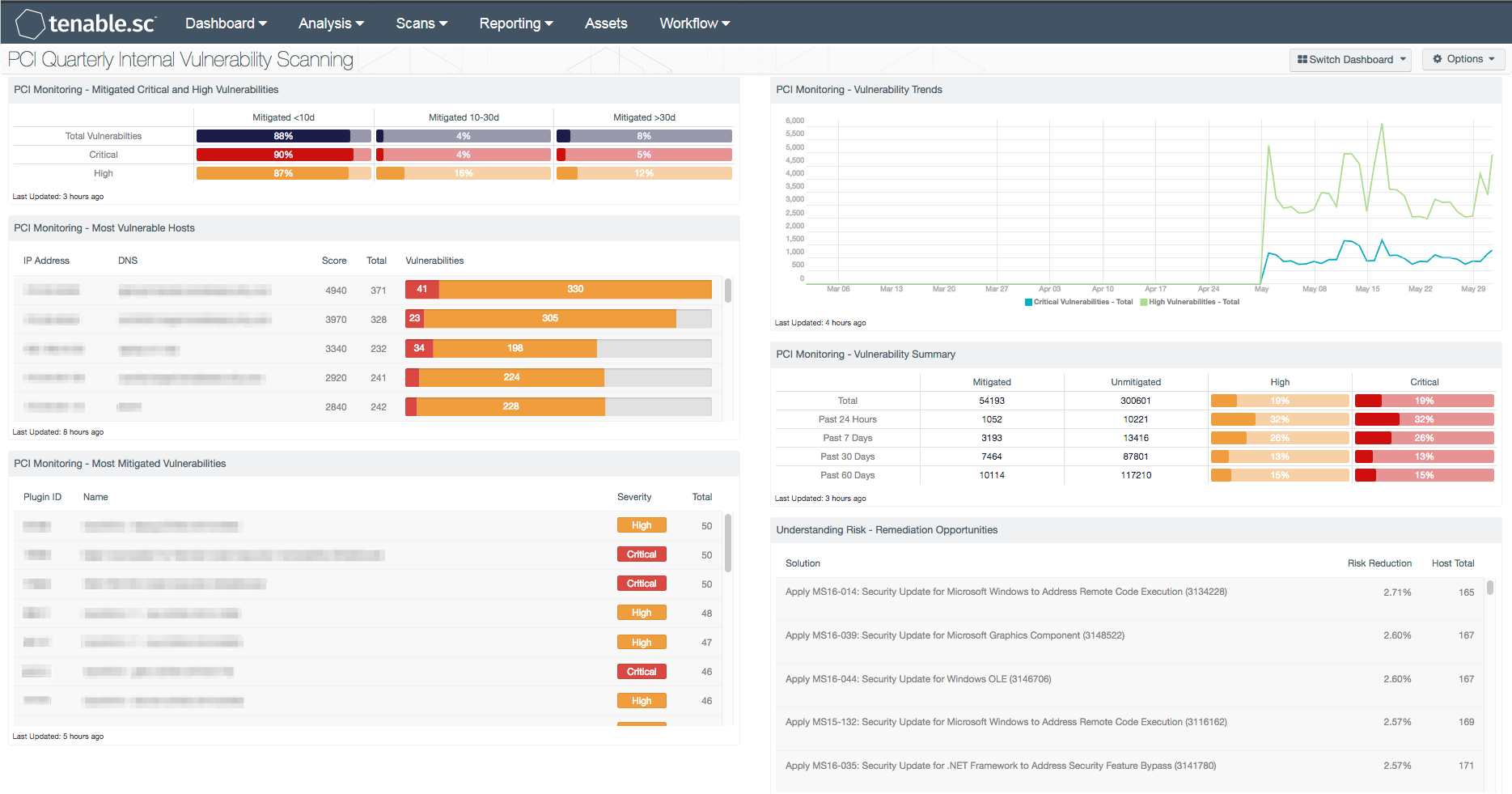by Andrew Freeborn
June 6, 2016

The Payment Card Industry Security Standards Council (PCI SSC) maintains, evolves, and promotes Payment Card Industry standards for the safety of cardholder data across the globe. The PCI SSC provides technical and operational requirements for organizations accepting or processing payment transactions. The guidance also applies to software developers and manufacturers of applications and devices used in those transactions.
The Payment Card Industry Data Security Standard (PCI DSS) helps entities understand and implement standards for security policies, technologies and ongoing processes that protect their payment systems from breaches and theft of cardholder data. The standards have historically been revised on a 2-3 year cycle, but the PCI SSC is transitioning to a posture of revising the PCI DSS as required based on changes to the current threat landscape. The current standard revision is PCI DSS Version 4.x. Any organization that handles payment card information must comply with the PCI DSS and must demonstrate compliance annually. Tenable Security Center is able to help organizations monitor ongoing PCI DSS compliance.
The PCI Quarterly Internal Vulnerability Scanning dashboard presents extensive data about the vulnerability status of the network based on the available data. The dashboard can be used to gain insight into all vulnerability results, or it can be modified to focus exclusively on the results related to the cardholder data environment (CDE). Organizations can configure repositories or asset lists in order to tailor the focus of the dashboard. When the dashboard is added from the Tenable.sc Feed, the appropriate assets, IP addresses, or repositories can be specified. Assigning one of the options to the dashboard will update all filters in the components. Security teams can use this dashboard to identify and monitor vulnerability remediations across the organization.
Vulnerability-related components in this dashboard are filtered for high and critical severity vulnerabilities in order to focus on vulnerabilities of particular concern to PCI internal network scans. Identified vulnerabilities are tracked by time, severity, and host in order to provide multiple perspectives into the vulnerability status of the organization. By adding asset lists or repository filters, organizations can tailor the dashboard to only use data specifically related to internal vulnerability scanning requirements (PCI DSS 11.3). Different views of the vulnerability data provide a comprehensive view of the vulnerability status of the CDE or organization. Organizations can assess their level of adherence with PCI requirements focusing on vulnerabilities within the organization. The components in this dashboard are focused on PCI requirement 11.3, which specifically addresses the need to perform quarterly internal vulnerability scans and rescans as needed.
This dashboard is available in the Tenable.sc Feed, a comprehensive collection of dashboards, reports, Assurance Report Cards, and assets. The dashboard can be easily located in the Tenable.sc Feed under the category Compliance & Configuration Assessments. The dashboard requirements are:
- Tenable Security Center
- Nessus
Tenable's Tenable Security Center provides continuous network monitoring, vulnerability identification, risk reduction, and compliance monitoring. Tenable Security Center is continuously updated with information about advanced threats and zero-day vulnerabilities, and new types of regulatory compliance configuration audits. Tenable Nessus Network Monitor (NNM) performs deep packet inspection to enable discovery and assessment of operating systems, network devices, hypervisors, databases, tablets, phones, web servers, cloud applications, and critical infrastructure. Tenable Log Correlation Engine (LCE) performs deep log analysis and correlation to continuously discover and track systems, applications, cloud infrastructure, trust relationships, and vulnerabilities. By integrating with Nessus, NNM, and LCE, Tenable.sc CV’s continuous network monitoring is able to detect systems and vulnerabilities across the enterprise.
This dashboard contains the following components:
- PCI Monitoring - Mitigated Critical and High Vulnerabilities: The “PCI Monitoring - Mitigated Critical and High Vulnerabilities” matrix component displays a concise overview of critical and high severity vulnerabilities and when the vulnerabilities were mitigated
- PCI Monitoring - Most Vulnerable Hosts: The “PCI Monitoring - Most Vulnerable Hosts” table lists the top 25 most vulnerable hosts by score
- PCI Monitoring - Most Mitigated Vulnerabilities: The “PCI Monitoring - Most Mitigated Vulnerabilities” table component lists the top 25 vulnerabilities that are in the “Mitigated” data source
- PCI Monitoring - Vulnerability Trends: The “PCI Monitoring - Vulnerability Trends” trend component displays the trend of vulnerabilities over the last 3 months
- PCI Monitoring - Vulnerability Summary: The “PCI Monitoring - Vulnerability Summary” matrix component displays an overview of vulnerabilities over time
- Understanding Risk - Remediation Opportunities: This table displays the top remediations for the network